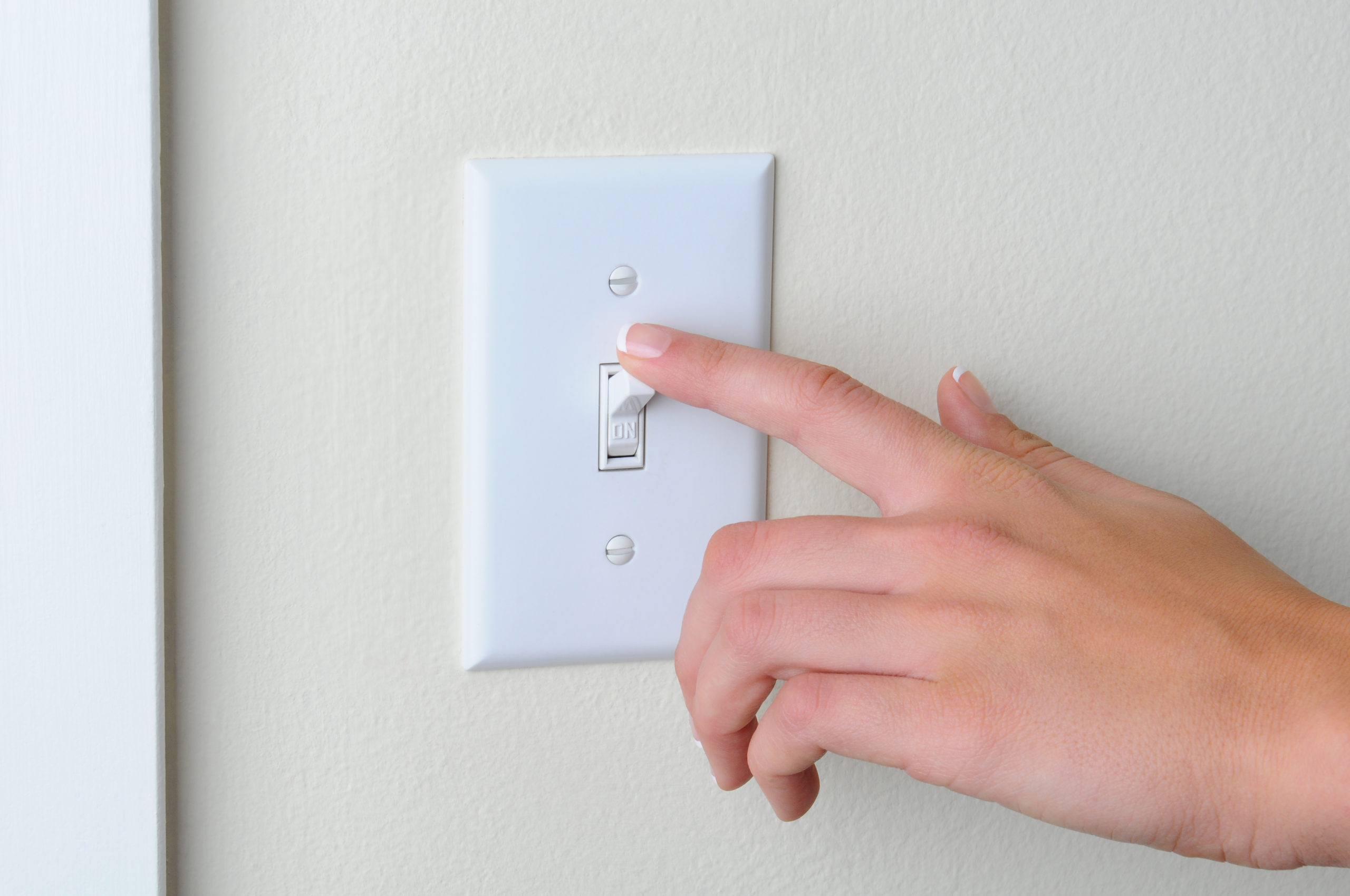Appliances used by people and industries today are built with the objective of completing and simplifying tasks with the touch of a button. These appliances are integral to the day-to-day operations of industries and households.
Electrical appliances and their composition can be intimidating to understand, but at the time of self-installation or purchasing parts independently for repair, it is vital to know the working of these devices and how they factor into a system or device. An example for one of the most common elements integrated in most appliances today is electrical switches.
Electronic switches are simple in function and constitution within a device, as they are specifically designed to stop or resume the flow of current within an electrical circuit. This plays a role in most appliances today, irrespective of it being industrial or personal in scale. Therefore, let us take look at everything you need to know about electrical switches.
What are Electrical Switches?
Electrical switches are built into an electrical circuit to facilitate desired connection and disconnection of the conducting path by controlling the flow of current within the circuit. Electrical switches are generally built with movable contact points that can be connected to an electrical circuit. Once the contacts are in touch with the circuit, the current flows whereas once the contacts are separated the current also ceases to flow.
There are many types of electrical switches with different purposes and multiple contact points as designed for the device they are meant for. Certain electrical switches may be operated manually such as push-button switches, while others may be designed to operate as per any external sensory triggers such as thermostats. Some common configurations of electrical switches found today are:
- Push Button Switches
- Toggle Switches
- Light Switches
- Rotary Switches
- Reversing Switches
- Relays
- Circuit Breakers
The design configurations as seen in different switches is so as to fit into the operational goal it needs to fulfil within its respective device. The contact points in an electrical switch is its integral component, as it controls the flow of current within the device. The contacts in electrical switches can be in two states: one being closed where the circuit is complete and the power is flowing through the circuit and the other being ‘open’ where the contacts are not separate thus stopping the conduction of power through the circuit.
Uses of Electrical Switches
Electrical switches are one of the most fundamental and essential components of any electrical device or system. Without electrical switches, a device is unable to function or complete its operations without a tangible command from the operator or the device environment. Electrical switches today are configured with the objective of helping an operator use a specific device for its logical functions.
As electrical switches control the flow of power through a device, and system they are the first point of contact that begins the operation process; thus they are found in all electronic devices. From household appliances that employ light switches, toggle switches and push buttons to specially designed electrical switches in industry scale machinery such as pumps, welders, compressors, and belts, electrical switches are essential products that help daily operations in all devices.
Therefore, understanding the universality of electrical switches and how they drive the functions in all electrical devices, one must have a comprehensive understanding of the type of electrical switches they require in order to use their device to the best of its capacity. It is important to invest in electrical switches made by the best electrical service providers in the market to ensure seamless product and appliance operation in the long run.

